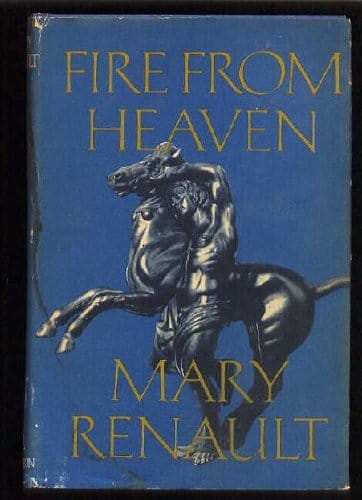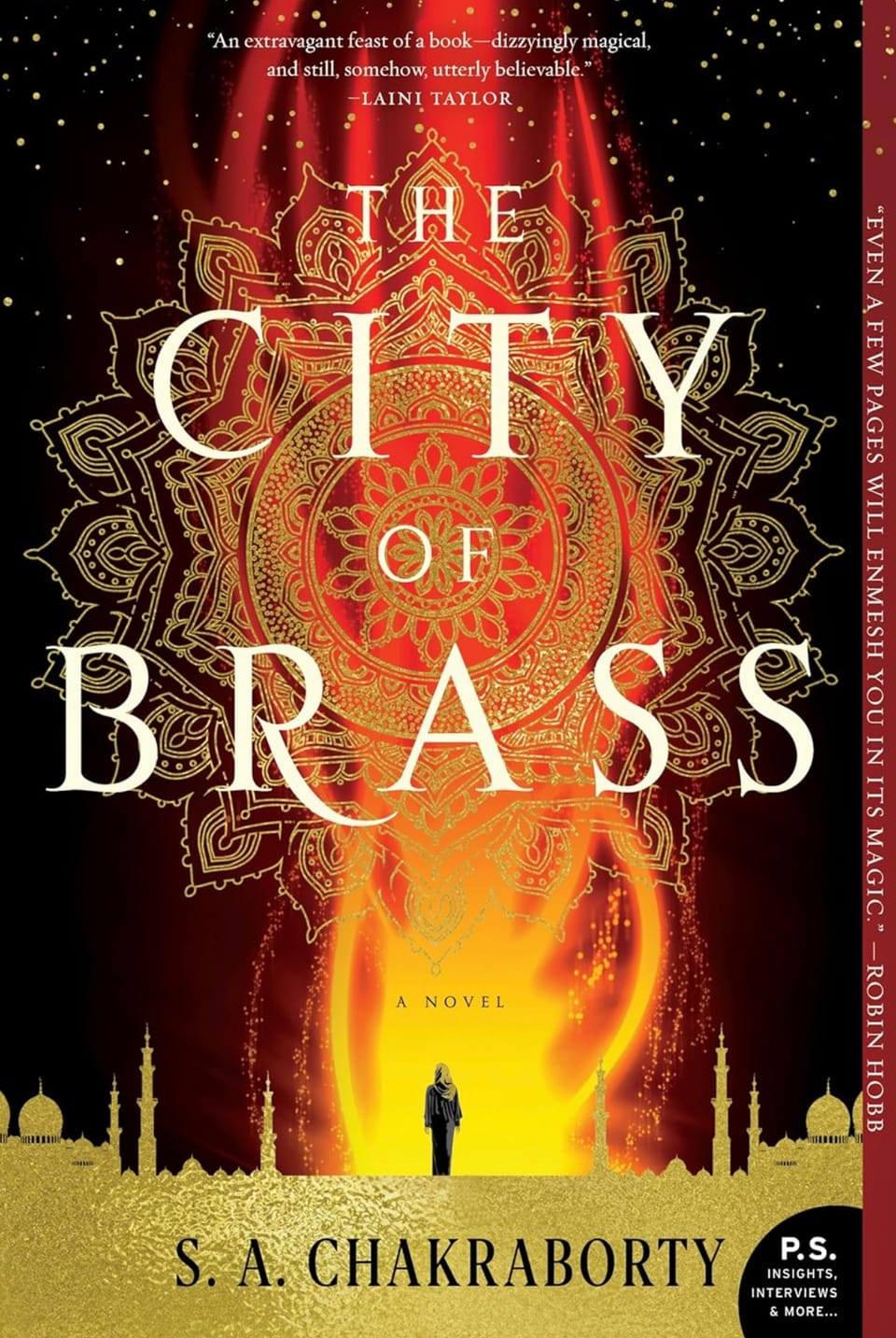Sandman: From Folklore Icon to Neil Gaiman’s Pop-Culture Phenomenon
Discover how the Sandman evolved from folklore to Neil Gaiman’s groundbreaking comic and Netflix hit, reshaping fantasy storytelling for a new generation.

Introduction: Why the World Is Still Talking About the Sandman
The Sandman is a name that drifts through lullabies, horror stories, comic shops, and now streaming queues. Whether you first met him in a whispered bedtime rhyme, inside the pages of Neil Gaiman’s groundbreaking comic series, or on the visually lush Netflix screen, the Sandman has always shaped how we dream—literally and figuratively. This article traces the character’s winding journey from ancient European folklore to modern multimedia powerhouse, explaining why the Master of Dreams continues to captivate audiences and shape fantasy storytelling.
The Folkloric Roots of the Sandman Myth
Long before comic panels or CGI, the Sandman was a folk figure who carried sleep in one hand and nightmares in the other. In many Northern European tales, he tiptoes to children’s bedsides, sprinkling sand into their eyes so they drift off peacefully. The gritty residue found on eyelashes each morning became proof of his nightly visit. The stories served both as comfort—sleep brings magical adventures—and as veiled warning: misbehave and the Sandman may bring terrifying dreams instead. This duality of kindness and menace laid a perfect foundation for later reinterpretations.
Building Dream’s Realm: Neil Gaiman Reimagines the Sandman
In 1989, writer Neil Gaiman entered the DC Comics offices with an idea: revive an obscure Golden Age hero called Sandman. Instead, he spun an entirely new mythos titled simply The Sandman. Over 75 issues, Gaiman introduced Dream—also known as Morpheus, among countless names—a tall, pale sovereign ruling over the shifting landscape of human subconscious. Blending horror, high fantasy, historical fiction, and philosophical musings, the comic elevated the medium, proving that illustrated stories could rival literature in depth and sophistication.
Key Themes: Dreams, Stories, and Responsibility
At its core, The Sandman asks what happens when the things we imagine gain agency. Dream embodies storytelling itself; every fable, nightmare, and private hope lives within his realm. Gaiman uses this premise to explore responsibility—how our creations shape the real world and how even immortal beings must face consequences. Issues such as “The Sound of Her Wings” and arcs like “The Kindly Ones” become meditations on grief, change, and redemption, all anchored by an ever-evolving cast that includes Death, Desire, Delirium, and other Endless siblings.
The Art That Turned Pages Into Dreams
Visual innovation is another reason the comic endures. Artists like Sam Kieth, Mike Dringenberg, Jill Thompson, and Michael Zulli sculpted entire dreamscapes with experimental layouts, stained-glass color palettes, and typography that murmurs or screams depending on the speaker. Dave McKean’s surreal mixed-media covers made every issue a miniature gallery piece. These elements invited readers to read slowly, letting each frame linger like the final moments before awakening.
Sandman on Netflix: Translating Dreams to Screen
A live-action adaptation seemed impossible for decades—how do you film a story that treats time, genre, and metaphysics like soft clay? Yet in 2022, Netflix’s The Sandman premiered to critical praise. Showrunner Allan Heinberg, with Gaiman on board, honored pivotal story lines such as “Preludes & Nocturnes” and “The Doll’s House.” Tom Sturridge’s porcelain-voiced Dream, Kirby Howell-Baptiste’s compassionate Death, and Mason Alexander Park’s mercurial Desire brought beloved characters to life while thoughtful visual effects recreated the breathtaking cathedral of sleeping minds known as The Dreaming.
Cultural Impact and Lasting Legacy
From award shelves to lecture halls, Sandman’s influence is ubiquitous. The comic’s literary approach helped secure the Eisner Awards and even the World Fantasy Award, once reserved for traditional prose. Universities teach it alongside Shakespeare and Homer to discuss myth-making and modern identity. Musicians reference Dream in lyrics, fashion designers borrow Endless symbols, and cosplayers fill convention floors in velvet coats and ankh necklaces. Each new medium that hosts the Sandman expands his realm, proving that stories about stories possess limitless staying power.
How to Enter the Sandman Universe Today
Newcomers can dive in through multiple gateways. Start with the collected graphic novel Volume 1: Preludes & Nocturnes to experience Dream’s escape from captivity and the gauntlet he runs to reclaim his tools. If comics feel daunting, the full-cast Audible drama narrated by James McAvoy offers an immersive alternative. Prefer the screen? Netflix’s first season covers roughly the first two volumes, making it a sleek primer before you explore the richer, darker corners of the printed saga.
Final Thoughts: Dreams Never End
The Sandman’s longevity springs from a universal truth—every person, from frightened child to weary adult, closes their eyes each night and surrenders to story. By personifying that nightly ritual, folklore gave us the Sandman; by deepening and humanizing him, Neil Gaiman turned the myth into a cultural mirror. Whether you meet Dream on a glowing screen, between delicate comic pages, or in the quiet cinema behind your eyelids, his tale reminds us that imagination is both refuge and responsibility. And as long as humans continue to dream, the Sandman will keep watch.



